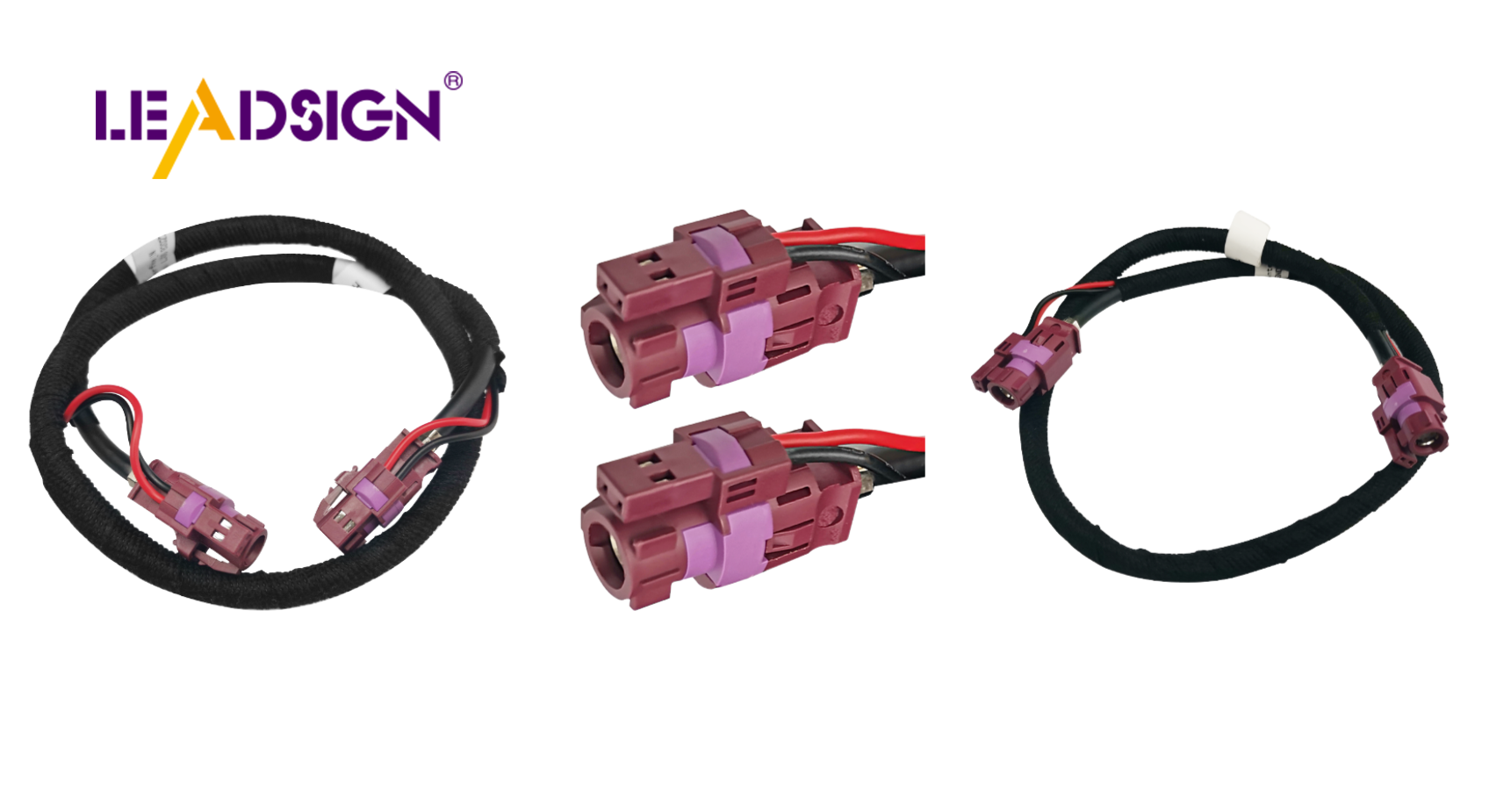Which Auto Wire Wins? HSD LVDS or Others

Choosing the appropriate automotive wire is crucial for specific applications. Automotive wires ensure optimal vehicle performance. HSD LVDS cables offer intelligent solutions for automotive needs. These cables provide rapid data transmission and maintain robust signal integrity. The HSD connector is compatible with various systems, including Ethernet and USB, making it ideal for modern vehicles. These cables are durable in harsh conditions, maintaining their strength. Car enthusiasts and DIY builders appreciate these attributes. Quality auto wire enhances vehicle functionality and safety.
Features and Benefits of HSD LVDS Cables
Advanced Technology
Signal Integrity
HSD LVDS cables keep signals clear. They use special technology called LVDS. This helps stop noise and interference. Data stays accurate and clear. Cars need this for good performance.
High-Speed Data Transmission
These cables send data super fast. They can move data up to 1.6 Gbps speed. This is great for new car systems. The cables handle lots of data easily. Fast wires help cars work better.
Versatility
Applications in Modern Vehicles
These cables work in many car parts. They link screens, cameras, and music systems. Car wires must fit different parts well. These cables do that job nicely.
Compatibility with Various Systems
The cables fit with many systems like USB and Ethernet. Car wires should connect with other systems smoothly. These cables make that easy.
Reliability
Durability in Harsh Conditions
These cables are tough in bad weather. They can handle -40°C to +105°C temperatures. Cars need strong wires for hard conditions. These cables work well even then.
Long-Term Performance
The cables last a long time because they are made well. Good materials make them durable over years. Strong wires keep working for a long time.
Comparing Other Auto Wires
Data Speeds
HSD LVDS vs. Old Cables
HSD LVDS cables send data fast, up to 1.6 Gbps. Old car wires are slower. HSD LVDS uses special tech for smooth data flow. Old wires can't match this speed. Wire choice affects car data handling.
Effect on Car Performance
Fast data helps cars work better. HSD LVDS supports new car systems quickly. Old wires might slow things down. Fast wires improve music and maps in cars. Right wire choice boosts car efficiency.
Blocking Interference
Shielding Methods
HSD LVDS cables use strong shields like foil and braid. This keeps signals clear from interference. Old wires may not have good shielding. Good shields are key for clear signals.
Real-Life Situations
In real life, interference messes with data quality. HSD LVDS works well even in tough spots. These cables block outside noise well. Old wires might struggle with interference.
Toughness
Materials Used
HSD LVDS cables use strong materials like copper cores and tough shields. Old wires might use weaker stuff. Strong materials make cables last longer.
Lifespan and Care
How long a wire lasts depends on its build. HSD LVDS lasts long and needs little care. Old wires might need more fixing or replacing often.
Customization Choices
Special Solutions for Car Needs
HSD LVDS wires can be made special for cars. Engineers change these wires to fit car parts. You can pick different ends and lengths. This makes sure the wires work right for each job. For example, HSD LVDS has a 4+2-pin setup. This helps connect screens and cameras well. The wires also have power choices like +2, +4, and +8 pins. These choices help with power needs.
Customization makes sure the wires fit in new cars easily.
Saving Money
HSD LVDS wires save money for car jobs. They use good stuff like copper and aluminum shields. These make the wires last long in tough places. So, you don't need to buy new ones often. This saves money over time.
Also, the wires send data fast up to 1.6 Gbps. This helps cars work better without costly changes. The wires stop noise too, keeping signals clear.
Picking HSD LVDS gives both quality and low cost.
HSD LVDS cables work great for cars. They send data fast and keep signals clear. These cables are strong and last long. They fit with many systems, making them useful. HSD LVDS cables handle tough weather well. Using them makes cars safer and better. Think about these cables for your car needs. They give good quality without high costs. Choosing them helps cars run efficiently and well.
See Also
Benefits of LVDS Wiring in Automotive Use Cases
Improving Linkage through HSD LVDS Connections
Significance of LVDS/GVIF Wire in Car Info Networks

